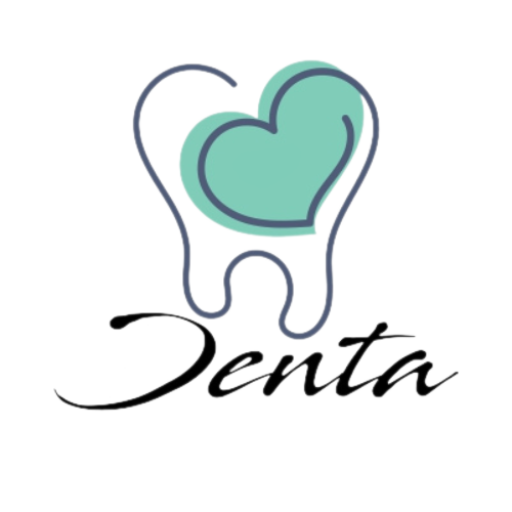Dental – From Problems to Business
Introduction
It’s a curious irony that the same teeth which help us smile with confidence can also bring us severe pain—and financial strain. In the U.S., dental care has evolved into a massive industry valued at hundreds of billions of dollars. What was once limited to basic oral hygiene is now a complex network involving dentists, insurance companies, savings plans, equipment manufacturers, and global oral care brands.
Let’s take a closer look at the path from dental problems to big business.
Everyday Dental Issues
Many dental issues stem from poor hygiene and lifestyle choices. The most common problems include:
- Bad breath (halitosis)
- Plaque and tartar buildup
- Cavities and tooth decay
- Tooth sensitivity and enamel erosion
- Gum diseases like gingivitis and periodontitis
Regular brushing, flossing, and using mouthwash can help reduce these risks. However, more advanced problems, such as periodontal disease, especially in patients with diabetes, require comprehensive care that goes beyond routine cleaning.
Visiting a dentist 2–4 times a year is strongly recommended. These preventative visits, though seemingly costly upfront, can save substantial expenses and discomfort over time.
The Rise of Dental Savings Plans
In recent years, dental savings plans have gained popularity as alternatives to traditional insurance. These programs offer discounted dental services through networks of participating providers across the country. For a nominal fee—typically around $10 per month for individuals or $20–$25 per month for families—patients gain access to lower costs for exams, cleanings, and procedures.
With thousands of dentists enrolled nationwide, these plans represent a significant portion of the dental care market and appeal to those without traditional insurance coverage.
Understanding Dental Costs
The costs of dental care vary widely, depending on the type of procedure and the provider. Here’s a quick breakdown of typical expenses:
- General Consultation: $65 and up
- Routine Dental Exam: Around $25
- Root Canal Treatment: $450–$600
- Dental Crown (metal or porcelain): $500–$2,000
- Orthodontic Treatment (Braces): $2,900–$3,500+
Cosmetic procedures, such as teeth whitening and veneers, are typically not covered by insurance and can be especially expensive.
While these fees may seem high, they reflect the cost of advanced training, sophisticated equipment, sterilization protocols, and premium materials used in modern dentistry.
The Role of Dental Insurance
Dental insurance is a fast-growing segment of the broader health insurance industry. Though exact figures are not publicly available, its annual contribution is estimated to be in the billions.
There are several types of dental insurance:
- Preferred Provider Organizations (PPOs): Average $15–$20/month
- Student Insurance Plans: Often offered by colleges and universities
- Employer-Provided Group Plans: Popular for businesses seeking to offer comprehensive benefits
Most plans cover routine preventive care, with partial coverage for major treatments. However, policy caps and waiting periods often limit immediate access to high-cost services like crowns or orthodontics.
The Power of Product Manufacturers
At the top of the dental industry are oral care product manufacturers, which include giants like Colgate, Oral-B, and Sensodyne. These companies produce billions of dollars’ worth of toothpaste, toothbrushes, floss, mouthwashes, and teeth whitening kits each year.
Consider this: billions of people brush their teeth at least once a day. Multiply that by the cost of monthly toothpaste and toothbrush replacements, and you get a massive recurring revenue stream. While it may sound dramatic, the total spent globally on oral care products each month could theoretically sustain an entire continent in need.
Though the connection between these companies and the rising cost of dental procedures is complex, their influence on consumer behavior and oral health routines is undeniable.
Final Thoughts
Dental care is no longer just a personal health concern—it’s a thriving industry spanning healthcare, insurance, technology, and consumer goods. From preventing cavities with a toothbrush to investing in orthodontic treatment, every dental decision contributes to a broader economic ecosystem.
Understanding this system helps patients make smarter choices—both for their health and their wallets. Whether you’re managing oral hygiene on a tight budget or exploring cosmetic enhancements, there’s a vast business landscape behind every smile.
